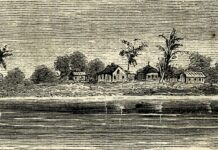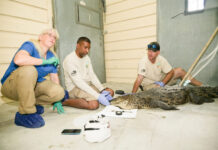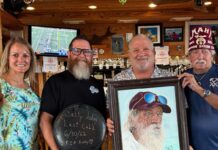If you hung out at the Chart Room, Full Moon Saloon or Louie’s Backyard in Key West during the late 1970s and early ’80s, you knew Jimmy Buffett. The legendary Chart Room at the Pier House Resort, the “Moon” where writers and renegades shared stories, and the high-rollers’ haven called Louie’s Afterdeck were his go-to spots.
In those days I was living with Phil Clark, a charismatic man with a renegade soul, who had turned out to be the subject of my favorite Buffett song: “A Pirate Looks at Forty.” I got to know Jimmy through Phil, and through the literati, smugglers and fishing guides who frequented the aforementioned island hotspots.
Jimmy was perennially laid-back but always ready for adventure, and he seemed to light up every room he entered. What he couldn’t do, in those tentative early days of the technology revolution, was operate a computer — and that’s why he reached out to me.
It happened about a year after Phil was caught importing illicit substances and disappeared. I was working as a part-time office manager for a difficult boss, who taught me what people then called “word processing.”
At that point, Jimmy lived near Louie’s and was writing a screenplay — handwriting it in capital letters on yellow legal pads. He needed someone to input the script onto his computer, an Apple IIc that he barely knew how to turn on, and a mutual friend suggested he hire me.
Whether it stemmed from Jimmy’s long association with Phil, his acquaintance with me or his own easygoing nature, he decided to trust me. His computer quickly became my responsibility, and he gave me a workspace in his apartment and the freedom to wander in and out as needed.
Even more important, he trusted me with his screenplay — which in those days was his passion and the focus of his intense creativity.
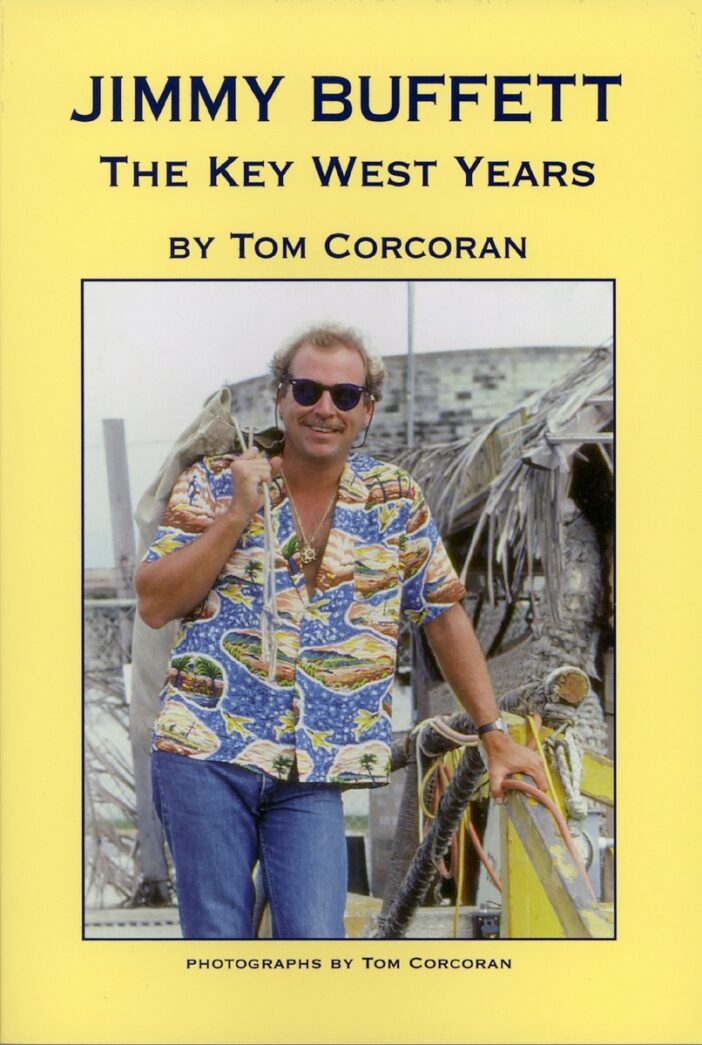
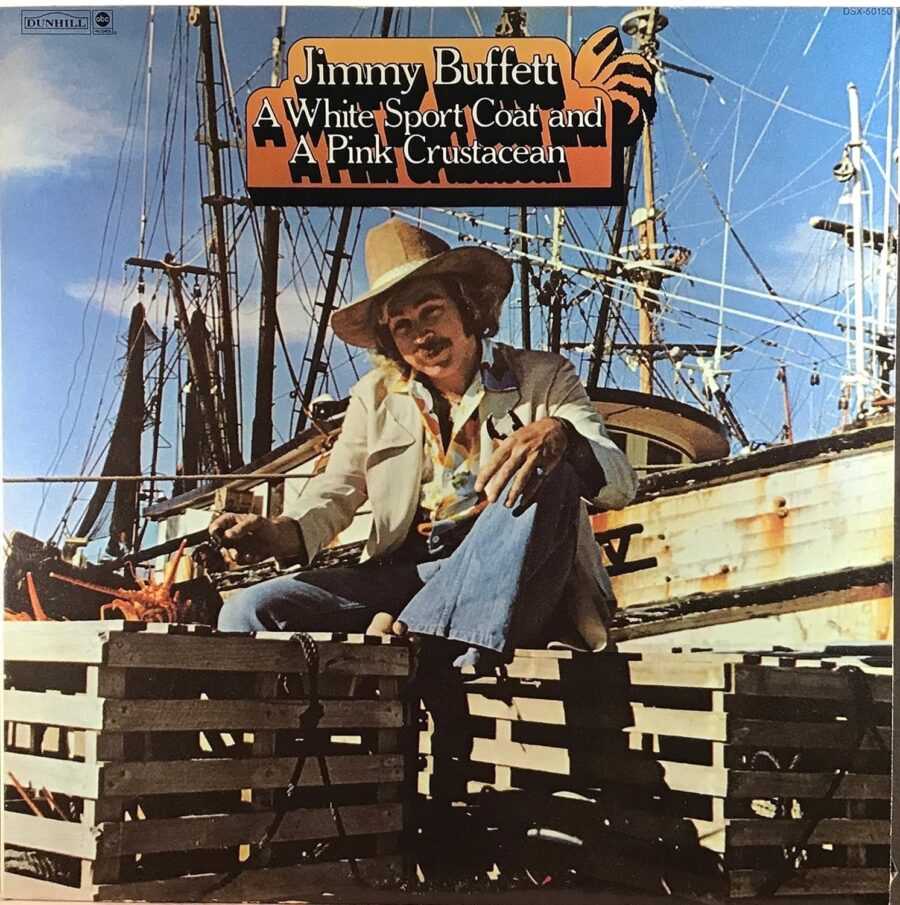
Its working title was “The Margaritaville Movie,” and it was full of engaging characters that included the carefree Delaney and a man named Frank Bama. Frank later turned up as the protagonist of Jimmy’s novel “Where is Joe Merchant?” (and, oddly enough, as an eccentric helicopter pilot played by Jimmy himself in several episodes of television’s reincarnated “Hawaii Five-0”).
“The Margaritaville Movie,” set on a fictional island that had a lot in common with Key West, was a sun-drenched romp and a total delight. The good guys triumphed, the hero wound up with his love interest, and virtually everybody who read the script pages (meticulously printed on a dot-matrix printer we acquired somewhere along the line) wanted to move to the fictional island.
For me — despite occasional all-nighters necessary to keep up with Jimmy’s fast-paced writing, and extensive edits required by his frequent character revisions — it was a rare privilege to observe his creative process as the story unfolded.
Unfortunately, the gorgeous feel-good script (though completed) never became a film. For several reasons, including Jimmy’s decision to open the first Margaritaville Store, he put the project aside. He gave me his stack of yellow pads and the final printed script, and told me to hang onto them until he wanted them again.
I did, storing them safely for decades while his talent brought him enormous success in realm after realm. We reconnected about a year before his death, and the script and yellow pads finally went home with him.
Jimmy Buffett will always be famed as a singer-songwriter who inspired a mystique, a lifestyle and eventually an empire. Yet that doesn’t fully communicate the breadth of his creativity. Though “The Margaritaville Movie” was never produced, scripting it set him on the path to write “Tales from Margaritaville” and his other top-selling books — and become one of the leading storytellers of our generation.













